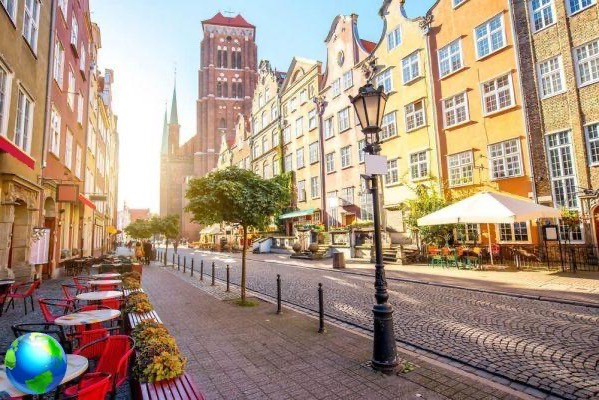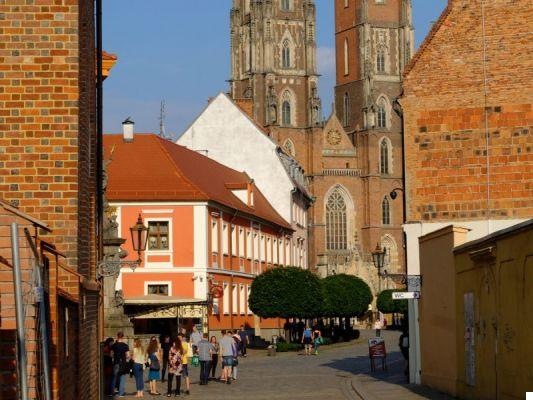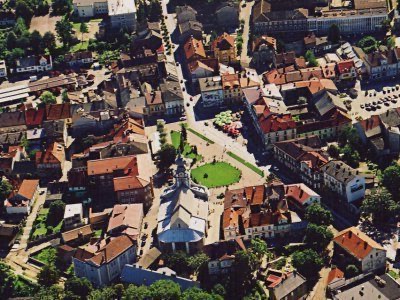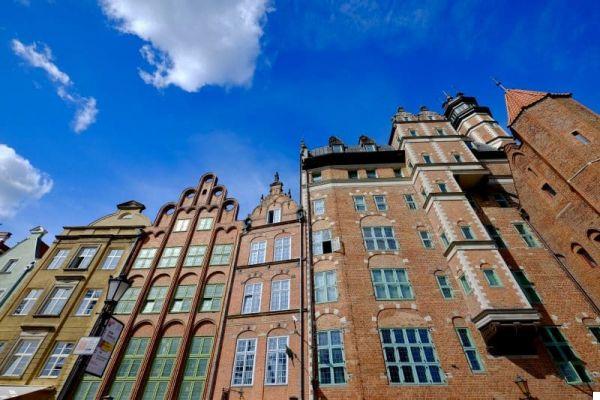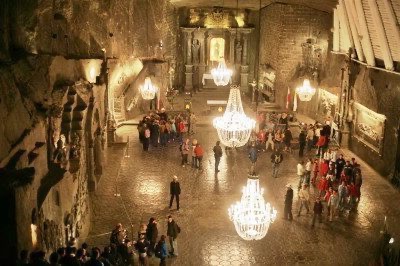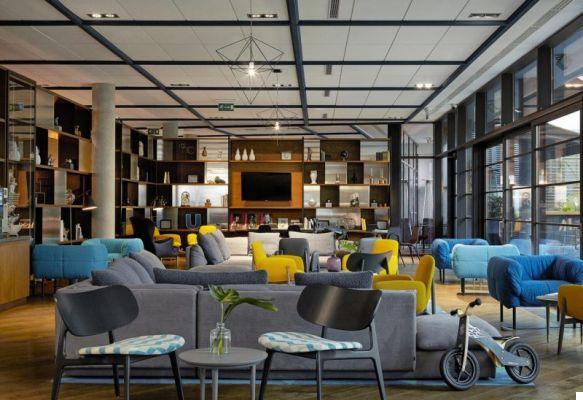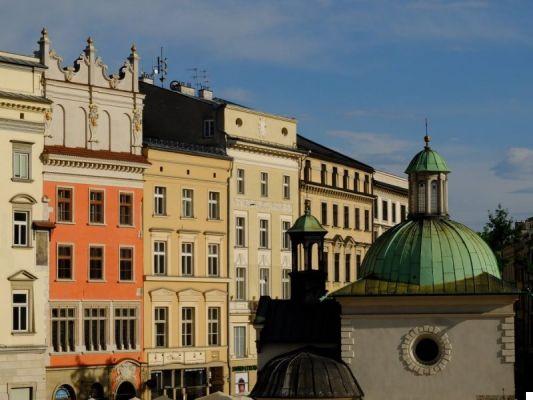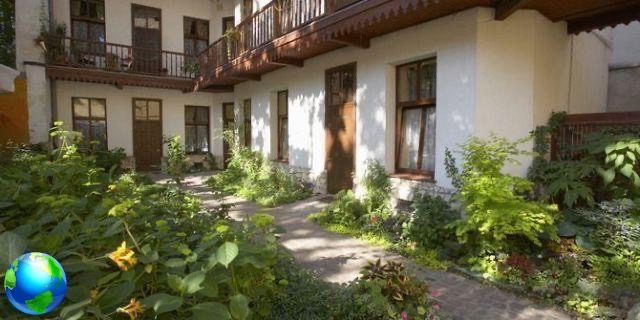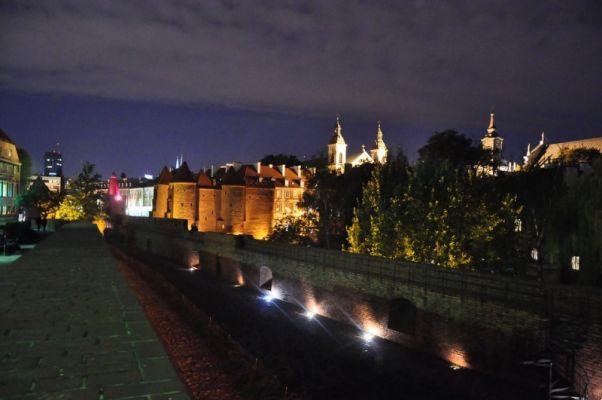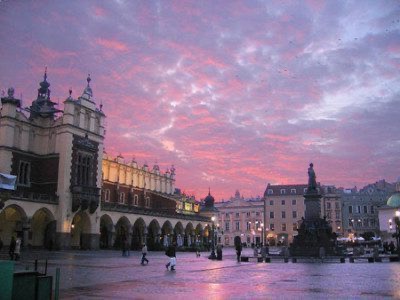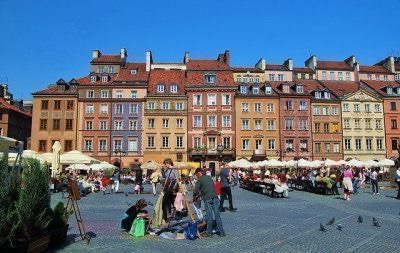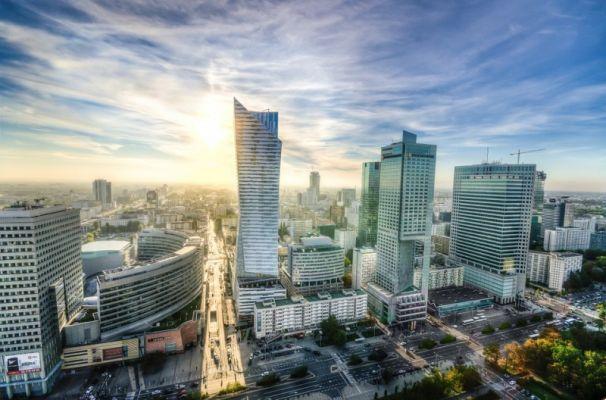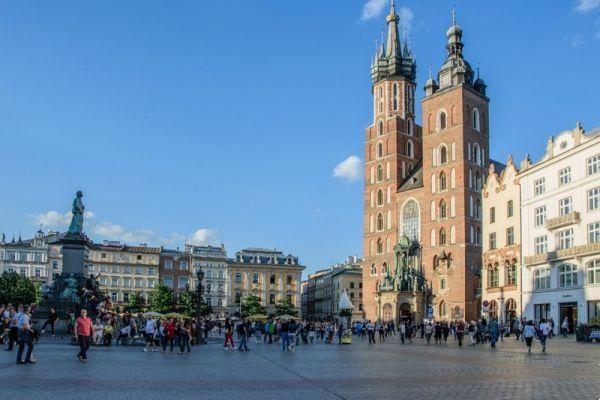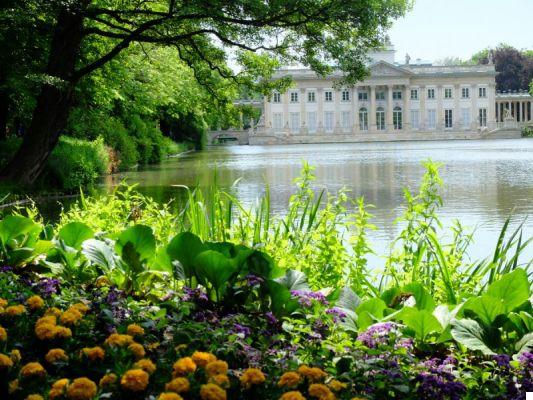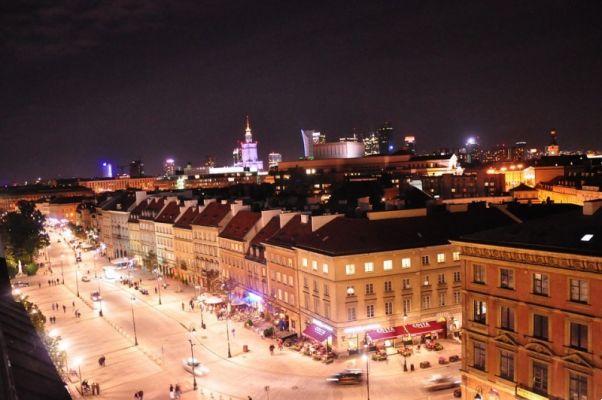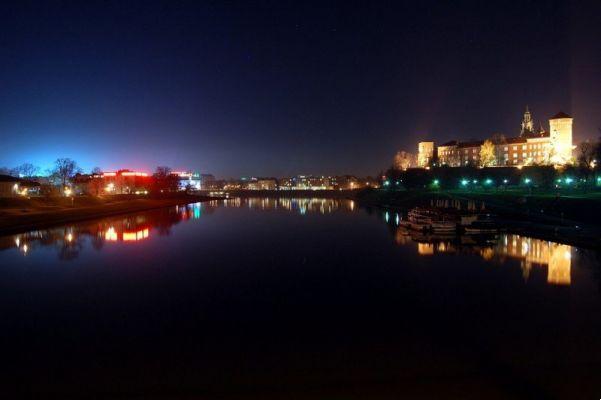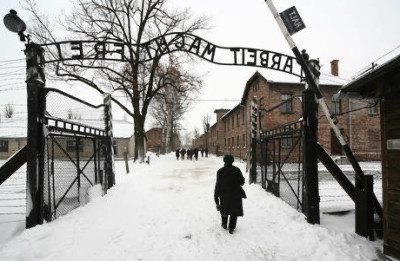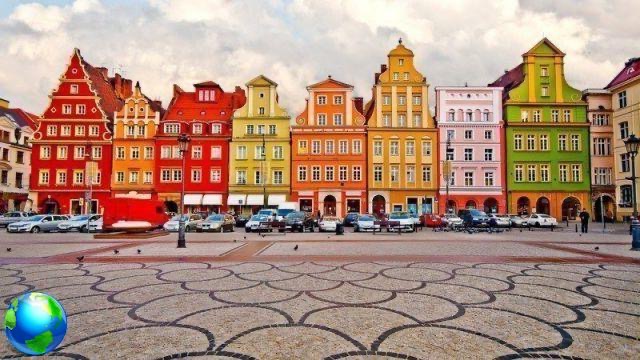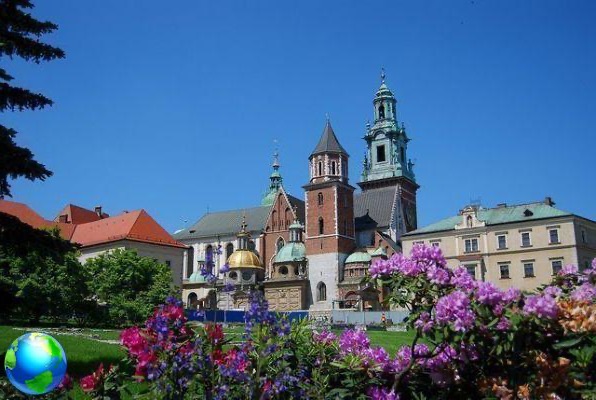
The Wawel Hill, a Krakow, houses the homonymous Castle and Cathedral which for many centuries were the residence and place of worship of the Polish sovereigns.
La Wawel Cathedral, also known as the Royal Cathedral or was the seat of the coronation of all Polish kings and, at the time of the monarchy, it was a place of worship reserved for monarchs and was not accessible to subjects. This explains why what is now considered the Polish National Shrine is so small. Inside the cathedral the throne on which the kings sat is still well preserved.
La Sigismondo's chapel, with a square base and surmounted by a golden dome, is one of the best examples of the Tuscan Renaissance.
La crypt of San Leonardo, which houses the tombs of famous Polish poets, is located in the central nave of the cathedral. It represents one of the most typical examples of Romanesque architecture in Poland and is, above all, the place where, on 1 November 1946, the then priest Karol Wojtyla celebrated his first mass.
You can also visit the Sigismund's Bell, at the top of the bell tower. It seems that touching the clapper brings good luck. In any case, there is a beautiful panoramic view of Krakow from up there, so, luck or not, I still recommend going up. In reality the ladder is a bit narrow and not very comfortable, so if you don't feel fit or if you are not very agile, it would be better to avoid the climb.
Finally, it is said that in the caves of the Wawel dwelt a dragon that destroyed and killed everything or human being that it encountered. The king, in a final attempt to solve such a big problem, promised his daughter in marriage to whoever killed that monster. A humble boy named Szewczyk Dratewka succeeded in the enterprise, who placed a lamb full of sulfur in front of the dragon's cave. The dragon, after having devoured the lamb, got very thirsty, went to the Vistula river to drink. The sulfur, reacting with the oxygen of the water, caused the dragon to explode and so Szewczyk Dratewka was able to marry the beautiful daughter of the king.




